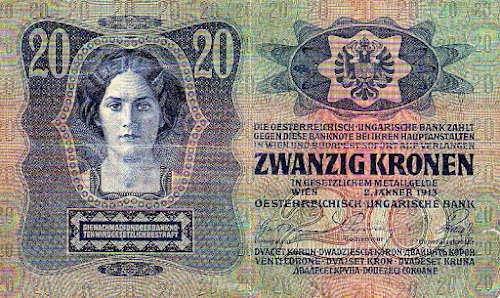Narnia, the jumbled, beautiful, mishmash of a world
invented by C.S. Lewis, has acted as neat segway for a generation of writers to a reality beyond the too-easy padding of modern childhood. A dangerous yet cosy dimension where moral choice carries a greater immediate weight than at home, it is at heart a world of simple consequence that children can quickly latch onto.
It is also, to those who follow the trail closely, a sometime
religious allegory, with winks to this or that parable thrown in at random intervals. The structure of the seven books that make up the chronicles has even been tethered by
one researcher to the seven heavenly bodies of Medieval cosmology, for those who dare go even deeper.
But it is the overt religious aspect that can sometimes trip readers who unwittingly read them on face value as a child only to find in adolescence that Aslan is an allegory of Christ. In the case of Laura Miller,
a writer and critic for Salon, the discovery that Narnia was vaguely underpinned by the old religion, or at least its tawny exiles, was a crisis event, and the
subject of this book.
Introduced to the books by a knowing teacher who sensed in her student a need for fantasy, Miller devoured them whole, and was drawn in particular to talking animals and the possession of a secret universe of her own. The soft unconscious finger with which Lewis gestures into the world, the simple down-to-earth language, the common sense rumble of the place, and the high adventure, all serve to give a real, vivid texture to Narnia, and even impart practical advice to children.
In her teens Miller uncovered the Christian shadow under the text, and it is angry wrestle with that discovery that forms the core of the book.
But before I get to that, I want to stress that this book is special. Simple and special. Only a number of times in my life do I recall reading a book with a similar reward ratio, that had a closer number of insights or emeralds per page. It is one of those odd books that you really don't want to finish. I would pause mid-paragraph, go and make a cup of tea or do something else, not because I was bored, but because I wanted to savour and consider what I had just read. And she knew it.
Always one deft step ahead of me, she even catches when the energy in her own writing drops. For example, Chapter 16 (Castlereagh Hills), begins with a long description of the environs of Carlingford Lough, and I was slightly frustrated to find a sudden dip in the reward ratio of the book, a fall in insights-per-paragraph, and I frowned a little, and daydreamed, and even made yet another mental note - do not describe elongated nature, it leads to a drop in attention. After this frown, note, and conclusion, I carried on, only to be tripped up by Miller again, as she wrote, ''[even] adults tend to skip over scene setting paragraphs devoted to geology and weather patterns (at least I do. I'm not sure how closely I would have read the first three paragraphs of this chapter, for example.)''
On the central struggle between the Christian allegory of the books and her own desire for an unblemished childhood Narnia, Miller resolves it as follows, finding 'The Other Way In' by looking in more detail at the genesis of Narnia.
She visits Ireland and Oxfordshire and finds a Narnian twinkle on the landscape, investigates the debate between Tolkien and Lewis on the meaning of myth and fairy and their correct allocation, and into the medieval romances that so entranced Lewis, and finds that such an elegant cacophony went into the books that the Christian thing is really one of a hundred others. An important part, for sure, but still a wayward traveller on the 'bonny road to Elfland'.
And in considering her childhood reading from afar she sees many benefits that fruited later on, in particular the ability to read ironically, morally, and allegorically. And the discovery of a nice wardrobe to wildness.
Reward Ratio: 5.
(Reward ratio = reward per moment/effort per moment).
